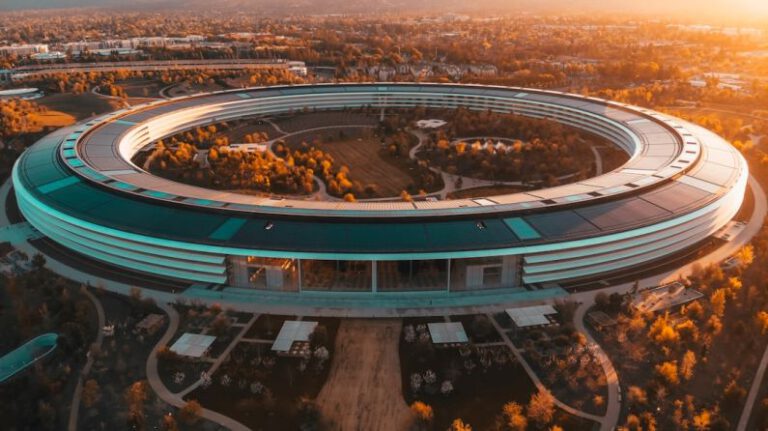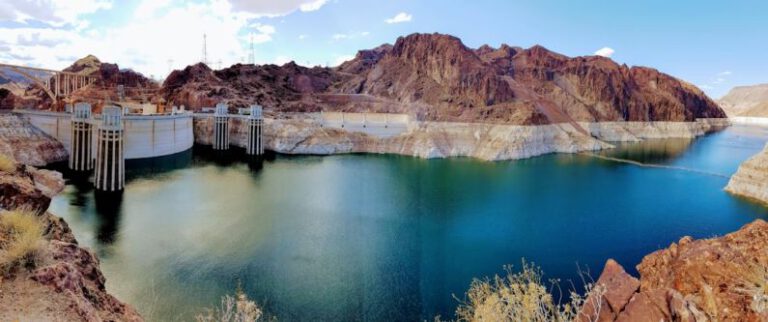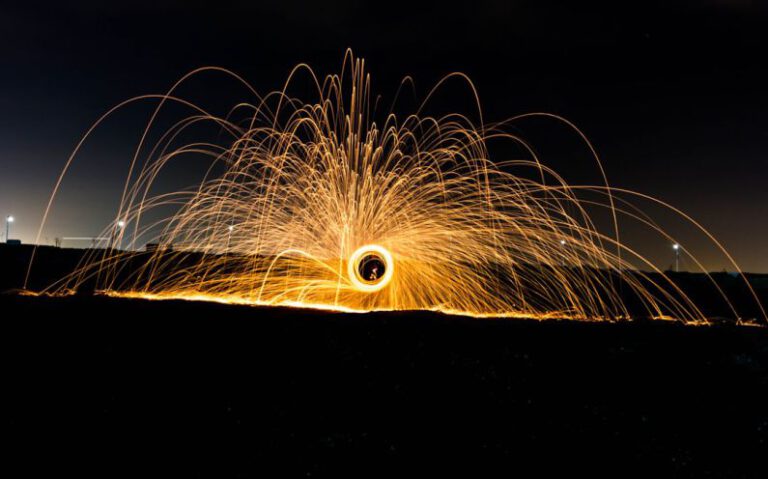What Makes the Vertical Forest in Milan a Green Architecture Icon?
Nestled in the bustling city of Milan, Italy, stands a revolutionary architectural marvel that has captured the world’s attention – the Vertical Forest. Designed by Stefano Boeri Architects, this innovative concept has redefined urban living by seamlessly blending nature with modern infrastructure. The Vertical Forest has become an iconic symbol of sustainable architecture, setting a new standard for green buildings worldwide.
A Green Oasis in the Urban Jungle
The Vertical Forest comprises two residential towers, soaring high into the Milanese skyline, adorned with an impressive array of trees, shrubs, and plants on its balconies. This vertical forest is not merely a decorative feature but a functional element that serves multiple purposes. The lush greenery acts as a natural air filter, absorbing carbon dioxide and releasing oxygen, thereby improving air quality in the vicinity. Additionally, the vegetation provides insulation, reducing the need for artificial heating and cooling within the buildings. This harmonious coexistence of nature and architecture transforms the towers into a green oasis in the heart of the urban jungle.
An Architectural Statement of Sustainability
At its core, the Vertical Forest is a bold statement of sustainability and environmental consciousness. The integration of greenery into the design is a testament to the architects’ commitment to reducing the carbon footprint of the buildings. By incorporating over 20,000 trees and plants into the structure, the Vertical Forest contributes to urban biodiversity and mitigates the heat island effect commonly found in cities. This environmentally friendly approach not only benefits the residents but also sets a precedent for future developments to prioritize sustainability and eco-friendliness.
Aesthetic Appeal and Innovative Design
Beyond its ecological benefits, the Vertical Forest is a stunning architectural masterpiece that captivates onlookers with its unique aesthetic appeal. The juxtaposition of greenery against the sleek glass facade creates a striking visual contrast, blending natural elements with contemporary design. The varying heights of the trees and plants add depth and texture to the towers, transforming them into living, breathing entities that evolve with the changing seasons. This innovative design approach challenges traditional notions of urban architecture, offering a refreshing and harmonious alternative that resonates with nature lovers and design enthusiasts alike.
Inspiring Sustainable Urban Development
The Vertical Forest in Milan serves as a beacon of inspiration for architects, urban planners, and policymakers worldwide, urging them to rethink the way we design and inhabit our cities. Its success has sparked a global trend towards incorporating green spaces and sustainable features in urban developments, promoting a healthier and more livable environment for all. The Vertical Forest demonstrates that sustainability and beauty can coexist harmoniously, paving the way for a greener, more resilient future for urban centers around the world.
In Conclusion: A Testament to Innovation and Sustainability
The Vertical Forest in Milan stands as a testament to the power of innovation and sustainability in shaping the future of urban architecture. By seamlessly integrating nature into its design, this green icon has redefined the concept of modern living, setting a new standard for eco-friendly and aesthetically pleasing structures. As cities grapple with the challenges of climate change and rapid urbanization, the Vertical Forest serves as a shining example of how we can create sustainable, green spaces that enhance our quality of life while preserving the planet for future generations.






